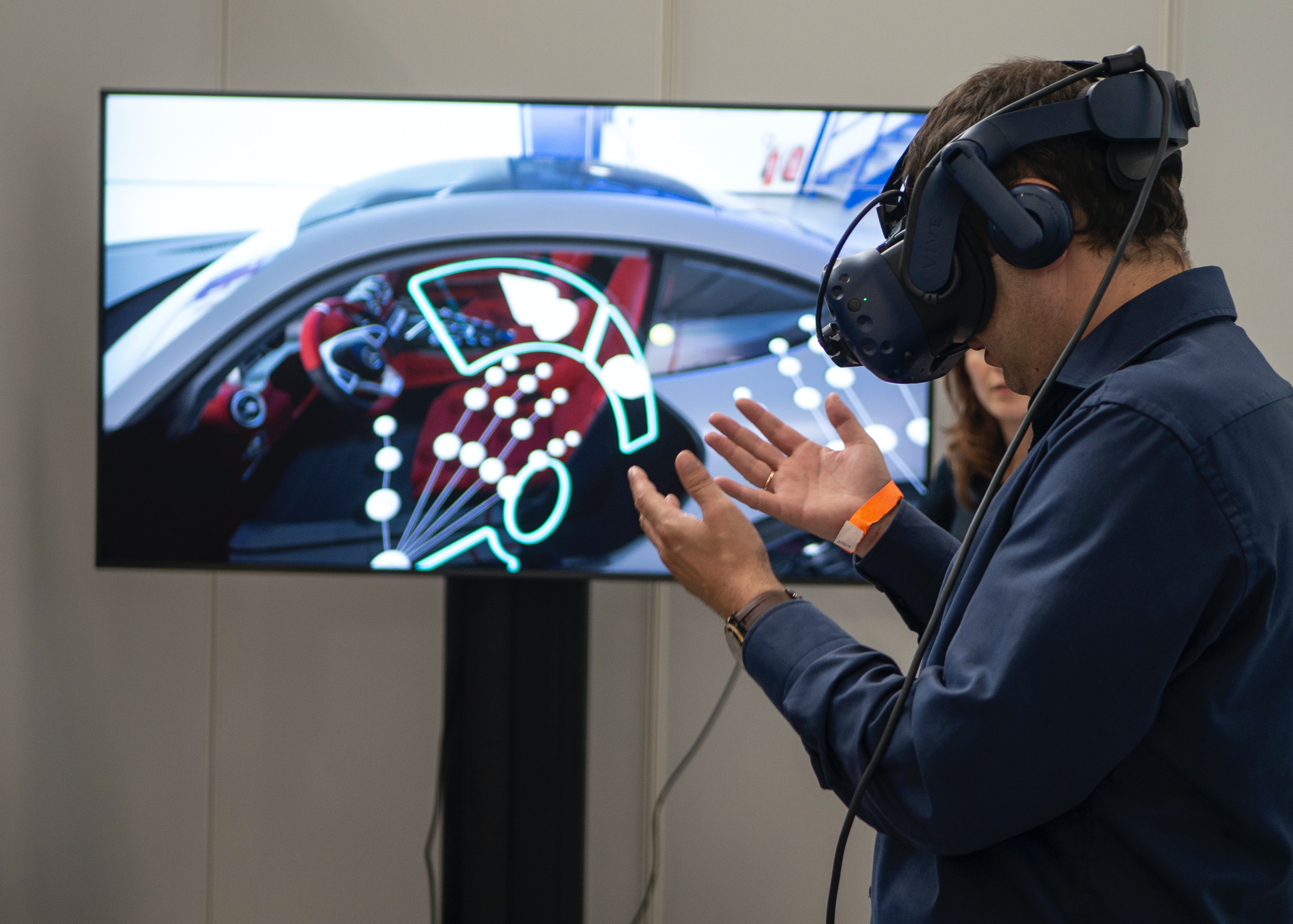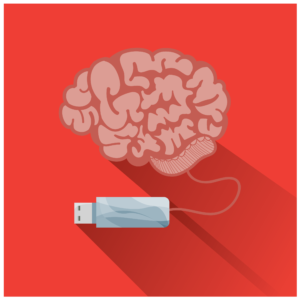Augmented Reality vs. Virtual Reality
If we think of reality as being defined by the senses (touch, smell, etc.), then adjusting those senses through augmented and virtual reality can incorporate content into the brain that is not necessarily real, but perceived as real. The brain processes these realities as it would any other, through the senses. Since the process of perception is the same, it cannot determine augmented or virtual reality from actual reality. The biggest difference between the two is the way they interact with reality. Virtual reality separates the real and the virtual completely, whereas augmented reality remains in reality but augments the senses by providing additional information through ar devices (a map screen in a car, for example).

The primary aspects of reality that augmented reality affects is experience, such as smart glasses, and information, like a Google search. Senses that are altered from an AR device are primarily audio and visual, such as headphones or tablets. However, it can also create motion senses, roller coasters being an example. While augmented reality enhances your current reality, virtual reality creates its own world that you enter through its devices. The virtual environment creates total immersion, and shifts reality. If you are staring at a device, you are experiencing AR technology. However, if what you are experiencing is all encompassing and separating you from the real world, that is VR technology. One example of this is the HTC Vive, a virtual reality headset which allows you to fully embody a virtual world through an oculus rift.





